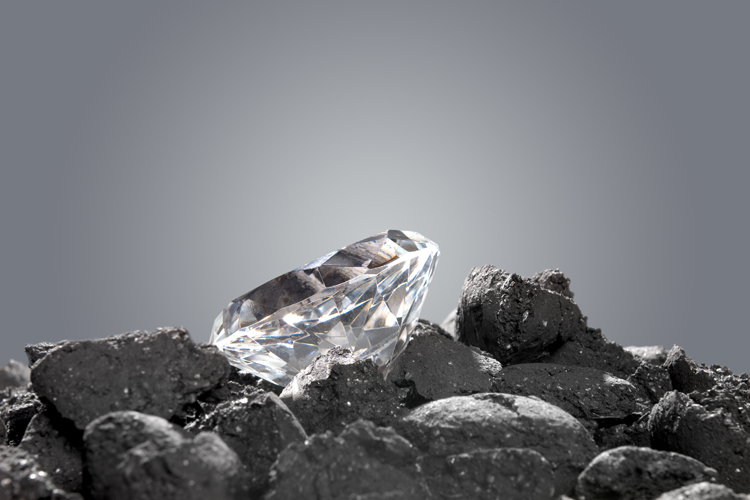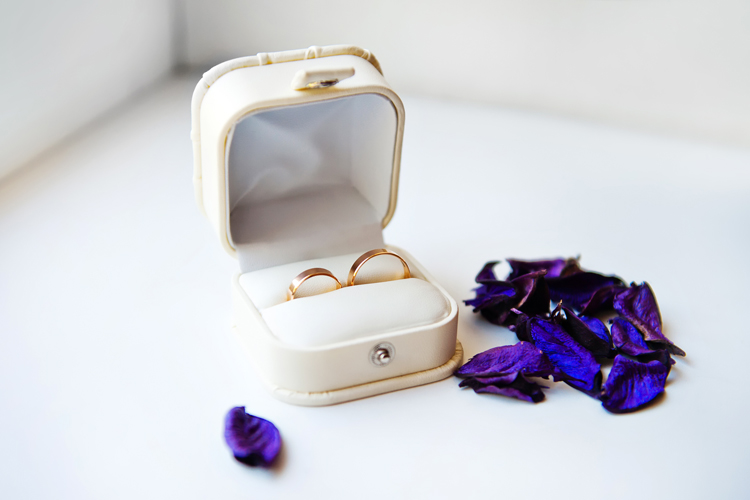Mysterious and mythical, amber is a gift of nature and a true piece of natural history. This ancient gemstone is formed through the fossilization of pine tree resin.
Just like pearls, amber is one of the few kinds of organic gemstones which originate from animal or vegetable processes.
Since these gems derive from a soft resin, they may contain perfectly preserved parts of plants or small insects inside.
The oldest stone recovered so far is estimated to date back to about 320 million years ago.
Amber has been used to worship and as an ornament since the Stone Age. It also has several other applications, like in perfumes, violin “frog” bows, spirit drinks and medicine, and electrostatic properties.
The word amber originates from the Arabic word anbar.
Called elektron by the Greeks, amber is associated with the myth of Phaëthon and was mentioned by Theophrastus, the successor to Aristotle in the Peripatetic school, back in the 4th century BC.
Associated with the sun, it is at the center of many other cultures, from ancient China and India to Slavic tribes, Egyptians, Phoenicians, Etruscans, Native Americans, and Romans.
The main sources of amber are Kaliningrad and the Baltic region, along with the Dominican Republic, where the unique and rare blue amber can be found.
Amber deposits are also known to exist in other countries, like Burma, Mexico, Romania, and Canada.
According to the “Amber Classification System,” created by the International Amber Association, there are four Baltic amber gemstones: natural Baltic amber, modified Baltic amber, reconstructed Baltic amber, and bonded Baltic amber.
Although it mainly occurs in honey yellow, orange or brown, amber’s color ranges from whitish to pale yellow or almost black.
Rare amber exemplars appear in shades like red (“cherry amber”), green, or the very sought-after blue color.
Amber stones can be transparent, cloudy, or opaque. Transparent amber is more expensive, and cloudy to opaque gems are the most common.
The most valuable pieces are clear, well-cut, and present a beautiful, natural color or contain plants, pyrite, or insects inside.
This soft and extremely light gem is easy to cut. The most common shape is the cabochon.
The low density of amber makes it a difficult gem to imitate, but it still happens. Sub-fossil resins like the Colombian copal, too young to be called amber, pose a threat to the quality of the amber industry.
Used for centuries as a medicinal gem, amber is believed to remove sickness from the body, eliminate negative energy, and bring a good disposition to its wearer.
It also means good luck, success, protection, and courage.
During a concert in the Gdansk Shipyard, the Mayor of the city of Gdansk, Pawel Adamowicz, offered Rod Stewart an amber bracelet.
A final curiosity: the word “electric” was used by Francis Bacon for the first time to describe materials that, like amber, had the ability to attract other objects.
Amber | Physical Properties
Chemical Composition: C10 H16 O
Cleavage: None
Color: Yellow, Brownish, and Reddish
Crystal System: Amorphous
Fracture: Conchoidal, Brittle
Luster: Resinous
Mohs Hardness: 2-2.5
Specific Gravity: 1.1
Transparency: Transparent to Translucent




